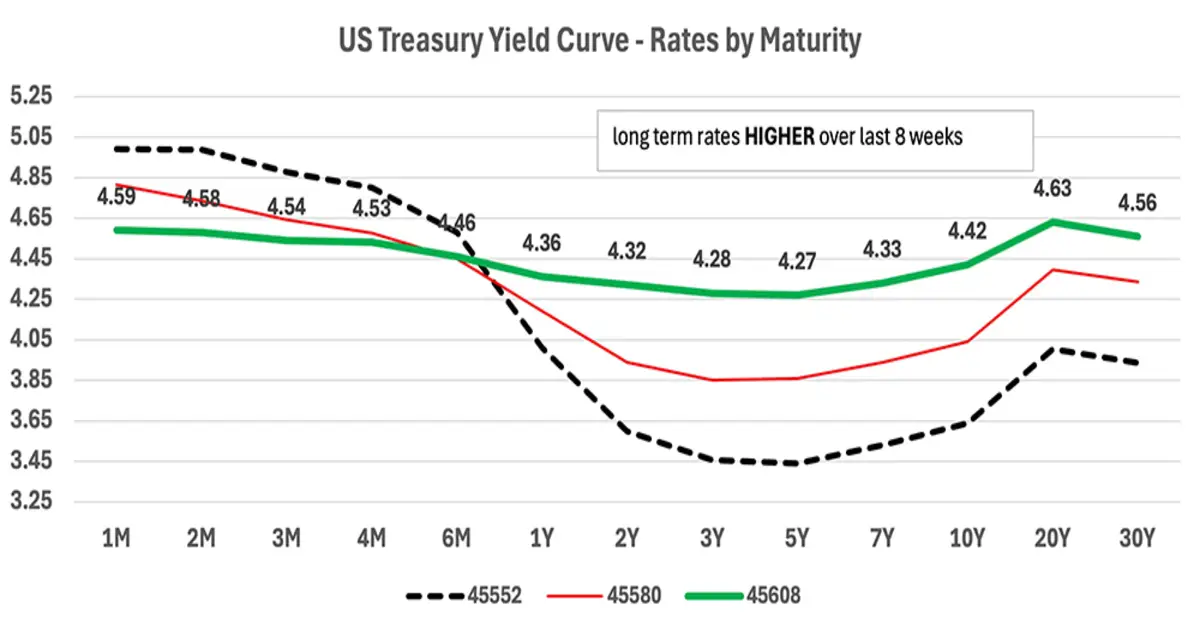Market Update: Rising Rates and a Shifting Housing Market
As we enter mid-November, economic conditions continue to shape the housing market in ways that impact buyers, sellers, and real estate professionals alike. Despite a recent rate cut from the Federal Reserve in September, mortgage rates have continued to rise. This trend is fueled by persistent inflation and an uncertain fiscal outlook, with long-term rates now significantly higher than they were earlier in the year.
Mortgage Rates on the Rise – What This Means for Buyers
The 30-year mortgage rate has relentlessly climbed, hovering around +-7%. This follows the Fed’s September 18 rate cut, initially raising hopes for some relief. However, multiple factors have led to an increase instead,
as market caution about inflation and fiscal policy have kept upward pressure on rates. For real estate agents, this means buyers are likely to face affordability challenges, and many may need to explore financing options like adjustable-rate mortgages (ARMs) or down payment assistance programs to make purchasing feasible.
The spread between the 30-year fixed-rate mortgage (FRM) and the 10-year U.S. Treasury (UST) yield—a key indicator of mortgage trends—has widened. This shift signals caution in the market and further contributes
to increased mortgage rates, creating both opportunities and obstacles for those in the housing market.
Treasury Yield Curve and Economic Signals
The U.S. Treasury yield curve is undergoing “uninversion” after a long period of inversion, but in an unusual pattern. Normally, a yield curve normalizes in one of two ways:
- Bull Steepener: Long-term yields fall more sharply than short-term yields, which usually signals a weaker economy.
- Bear Steepener: Long-term yields rise faster than short-term yields, indicating a strengthening economy.
Currently, we’re seeing an unusual trend where short-term rates are falling, but long-term rates are rising—pointing to an unclear economic outlook and signaling that agents should stay prepared for ongoing shifts in market conditions. This trend suggests a period of high-rate persistence, which will likely affect client expectations and planning.
Inflation and the Fed’s Challenge
October’s Consumer Price Index (CPI) showed a slight month-over-month increase of 0.2%, with year-over-year growth at 2.6%. Core CPI, excluding food and energy, remains higher at 3.3% annually, indicating that inflation
remains “sticky.” For real estate agents, this means that economic pressure on buyers could continue, as real rates rise and affordability becomes a primary concern.
The Fed faces a complex dilemma: inflation remains above its 2% target, and the labor market is showing signs of softening—a challenging mix known as “stagflation.” The Fed’s balancing act between curbing inflation and supporting economic growth may lead to slower and more cautious rate cuts, impacting the long-term mortgage environment.
The Fed’s Policy Outlook and What It Means for Real Estate
Currently, there is a 65% chance of a 25-basis-point rate cut in December, suggesting some near-term relief. However, further cuts are expected to be gradual, with market expectations suggesting a “pause” at 4.25% through most of 2025. For real estate professionals, this may mean continued high long-term rates, which could affect affordability.

